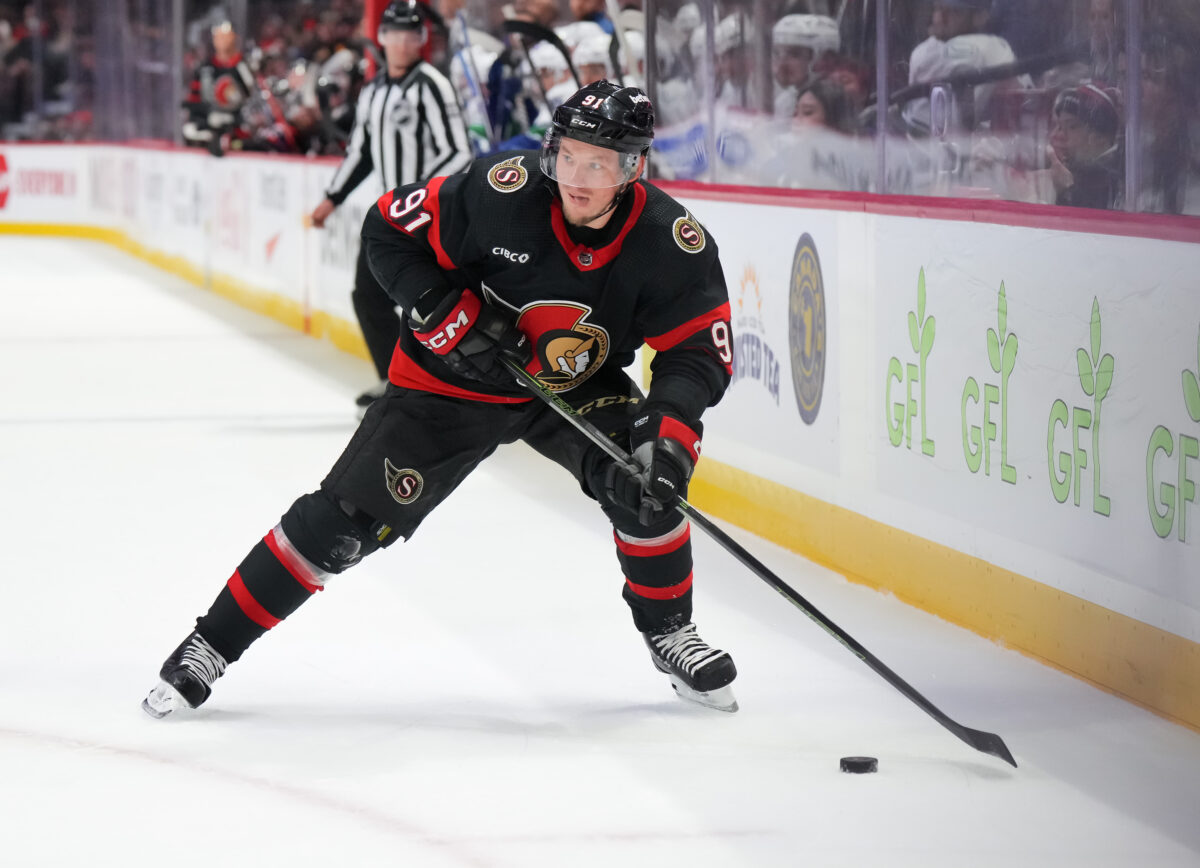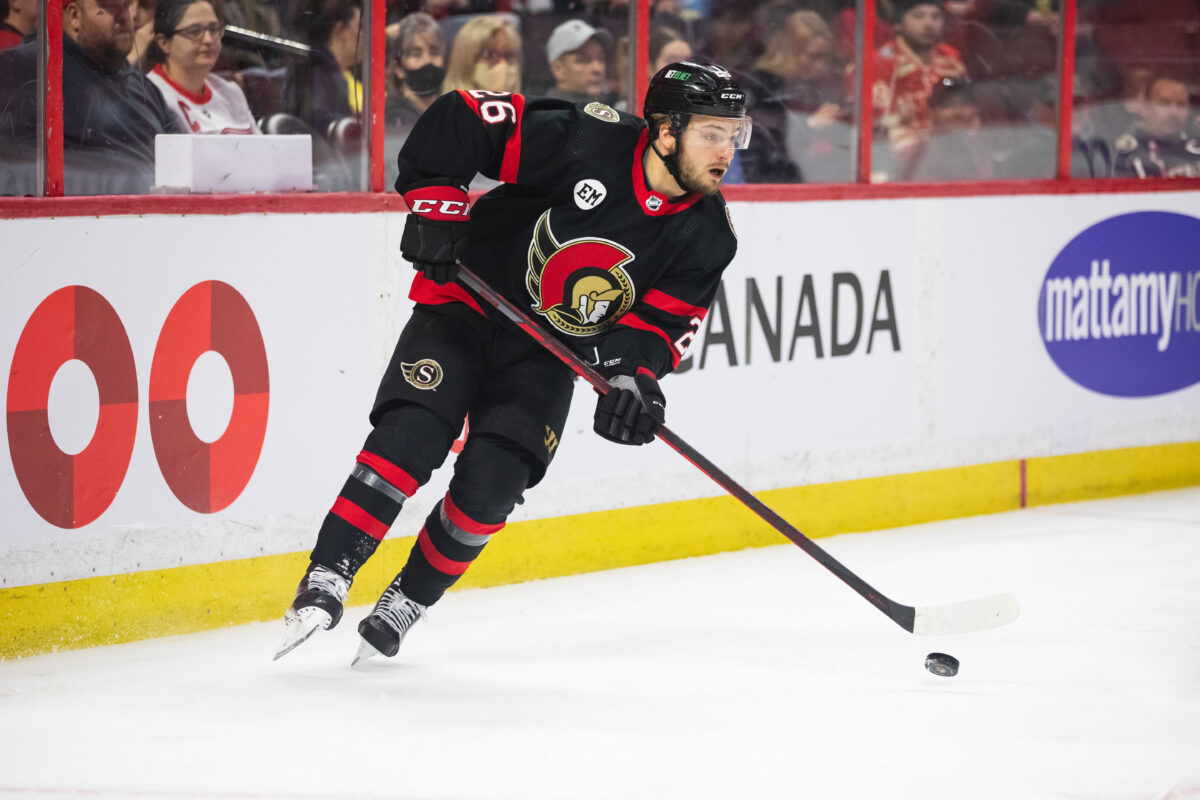During the NHL’s most recent Board of Governors meeting on December 4, the meeting kicked off with a statement regarding the upcoming rise of the salary cap. The expectation is that it will rise an additional $4.2 million, giving the teams a total of $87.7 million to spend. While of course, this helps every team in the NHL, the Ottawa Senators will be one of the biggest benefactors of this change.
Not only will the Senators have the additional $4.2 million to spend, they will also have all of their dead cap from Matt Murray, Michael Del Zotto, and Bobby Ryan coming off the books, plus they will gain additional cap space from the structure of the Colin White buyout.
With the money coming off the books and the rising cap, the Senators will have an additional $9.85 million to spend next season than they had available in 2023-24. That being said, Jake Sanderson has already been extended to a $8.05-million-dollar deal.
Senators Already At Salary Cap Limit
For the first time in a long time, the Senators are at the salary cap ceiling. Two things can be true at the same time: the Senators are finally spending the salary cap under the new regime — which is nice to see — but unfortunately, they are so close that when healthy they are handcuffed by not able to carry extra players.
Related: Senators’ Donovan Deserves to Be at the World Juniors
Signing Joonas Korpisalo and Vladimir Tarasenko in the offseason added a lot to the salary cap, along with re-signing Travis Hamonic and acquiring Dominik Kubalik. It can be debated what deals should or should not have been handed out, but that is all in the past and it is time to start looking forward. Shane Pinto is still without a contract and his 41-game suspension is set to expire in January. If the Senators want to get that key piece back in the lineup, they will be forced to make a move.

They have the majority of the core locked up long-term and will not have to deal with those deals for at least a few years, but do have some secondary pieces whose contracts expire at the end of the season. Tarasenko, Kubalik, and Rourke Chartier are the only three unrestricted free agents (UFA) for this team, and along with Pinto needing a deal, Parker Kelly and Erik Brannstrom are the only restricted free agents (RFA).
Changes That Need To Be Made
It is too early to try and predict what could happen in the offseason, as well as the future of these UFAs and RFAs, but having this much flexibility in an offseason without a ton of players to retain — and only having secondary pieces to fill in — means the team should be in a much better position for next season.
In addition to filling in the holes left by players they may lose, there are certainly some spots in the lineup they will also need to attend to.
Goaltending has been sub-par to kick off the season, but with both goaltenders under contract, there isn’t much room for change right now unless a trade is made (which seems unlikely at this point.) The defensive group has missed some time with injuries, but even when healthy it isn’t as strong as many hoped. Up front, the star power is there, but adding another couple of quality depth pieces will be crucial. The return of Ridly Greig and Shane Pinto will be helpful, but there is still some work to be done.
The Senators would be helped out by some upgrades on players like Chartier and Hamonic, but until the cap rises, they are strapped into the roster they have.
Predicting the Cap Space
As of today, the Senators are currently sitting with a $74.85 million cap hit, giving them approximately $12.15 million in cap space. I would expect Pinto to sign a short-term deal of around $2 million, so let’s say the Senators will have $10 million. With that space, the Senators will need to sign a top-six forward and a pair of bottom-six players. That is certainly doable, especially given that one or even two of those players can come from the internal system.
Players like Angus Crookshank, Roby Jarventie, Cole Reinhardt and others are close to making the NHL full time, so having at least one of them push for a bottom-six spot is certainly possible. If they insert two of those players into the bottom six, and sign Erik Brannstrom to a similar contract he has, they will still be left with almost $7.5 million for a top-six forward and any other upgrades they need.

The Senators have struggled this year, but having cap flexibility will be crucial moving forward, and they are being gifted with some. Hope isn’t completely gone for this season yet, but they have room to improve for next season already.
